
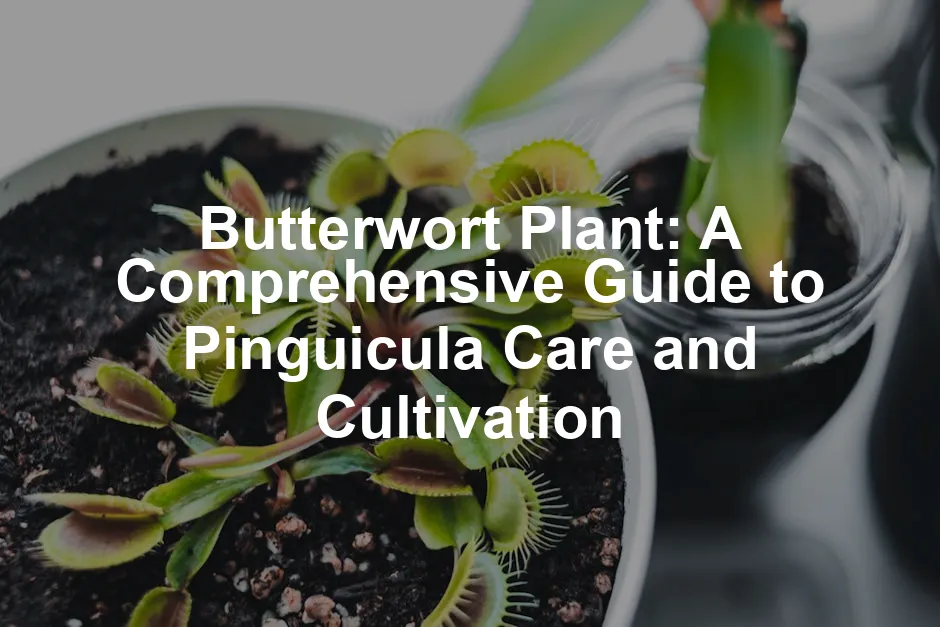
Butterwort Plant: A Comprehensive Guide to Pinguicula Care and Cultivation
Introduction
Have you ever heard of the butterwort plant? This fascinating member of the carnivorous plant family is known for its unique ability to trap insects. With its charming rosettes and delicate flowers, it’s no wonder that many plant enthusiasts and collectors adore it. In this guide, you’ll discover how to care for and cultivate butterworts, also known as Pinguicula. Get ready to learn about their needs, various species, and tips to grow these captivating plants successfully.
Summary and Overview
Butterworts, or Pinguicula, thrive in diverse environments. You can find them in North America, Mexico, and other regions. Typically, these plants prefer moist, nutrient-poor habitats like wetlands and savannas. Their carnivorous nature sets them apart, as they catch insects using sticky leaves that secrete a sweet substance. Once an insect lands on their surface, it becomes trapped and digested.
Pinguicula boasts numerous species and cultivars, each with its own unique characteristics. Some are perfect for beginners, while others challenge even seasoned growers. Understanding their care requirements is crucial for successful cultivation. They need specific soil types and environmental conditions to flourish. Proper light, humidity, and watering practices will ensure your butterwort thrives. By the end of this article, you’ll be equipped with the knowledge to grow these stunning plants with confidence.
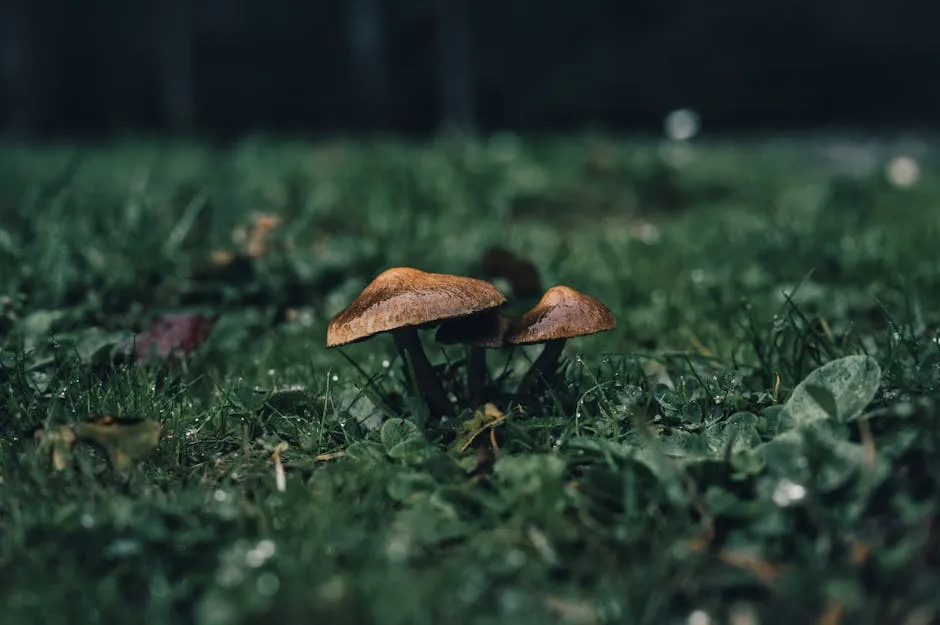
Understanding Butterwort Plants
What are Butterworts?
Butterworts, scientifically known as Pinguicula, belong to the carnivorous plant family. These fascinating plants are distinct from others due to their unique characteristics. Pinguicula typically has flat, succulent leaves that form a rosette shape. These leaves are covered in a sticky substance that traps unsuspecting insects, allowing the plant to digest them for nutrients. This distinguishes butterworts from other insect-eating plants, like Venus flytraps or pitcher plants, which use different trapping mechanisms.
The leaves can vary in color and texture, often taking on a beautiful sheen. Pinguicula species can thrive in a range of environments, adding to their appeal among plant lovers. Their carnivorous nature not only makes them interesting but also functional, as they help control pests naturally. If you’re curious about the diversity of carnivorous plants, consider exploring more about them!
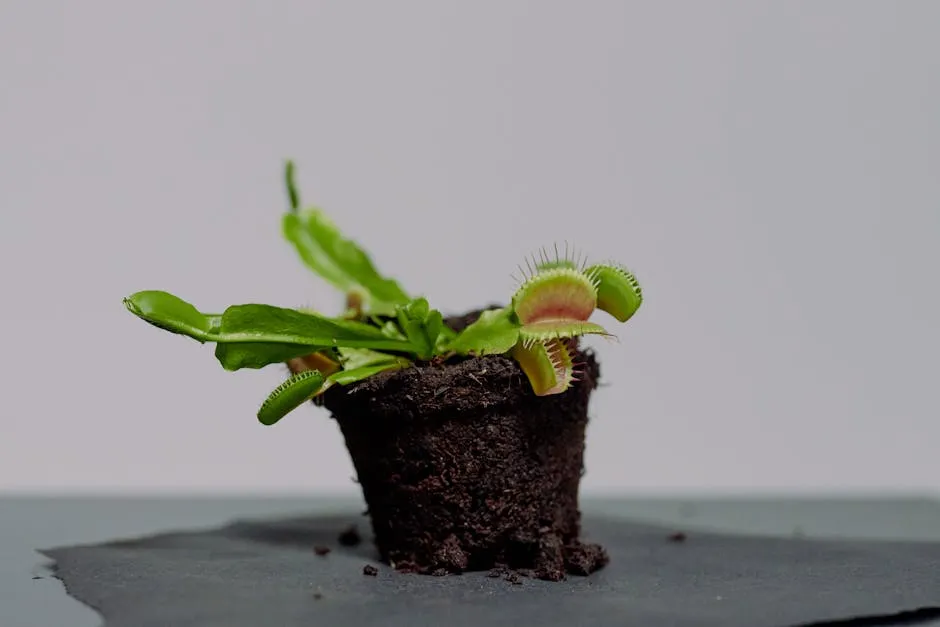
Native Habitats and Distribution
Butterwort plants thrive in various natural habitats across North America and Mexico. You can find them in wetland areas, savannas, and along the edges of forests. These habitats typically feature moist, nutrient-poor soil, making them ideal for Pinguicula. The plants flourish in environments where water is abundant yet drains well, preventing root rot.
Climatic conditions play a significant role in their growth. Butterworts generally prefer mild temperatures and higher humidity. In colder regions, they may go dormant during winter months, while tropical varieties maintain growth year-round. Understanding these environmental needs is crucial for successful butterwort care. If you’re excited about growing native species, check local nurseries for butterwort plants suited to your area!

Types of Butterworts
Popular Species and Cultivars
Butterworts, or Pinguicula, come in various species and cultivars, each showcasing unique traits. Let’s look at some popular options that plant lovers often choose.
Pinguicula ‘Johanna’ is a favorite among growers. This cultivar features striking green leaves with a hint of red. It thrives in well-draining soil and requires moderate humidity. To give your butterwort the best start, consider using Carnivorous Plant Soil Mix for optimal growth!
Another attractive option is Pinguicula ‘BCP Golden Eye’, known for its vibrant yellow flowers. This cultivar is relatively easy to care for and prefers bright, indirect light.

Pinguicula ‘Florian’ offers a lovely rosette form with thick, succulent leaves. It enjoys a warm environment and needs consistent moisture without waterlogging. If you’re looking to maintain humidity, a humidifier can work wonders!
For those seeking something unique, try Pinguicula ehlersiae ‘Victoria’. This species has a stunning appearance with its deep green leaves and delicate flowers. It thrives in humid conditions and requires filtered light.
Pinguicula gigantea stands out due to its large size and impressive growth. It is best suited for tropical environments and needs plenty of water, especially during the growing season. Make sure to keep your watering can handy; one with a measured spout can help you avoid overwatering!
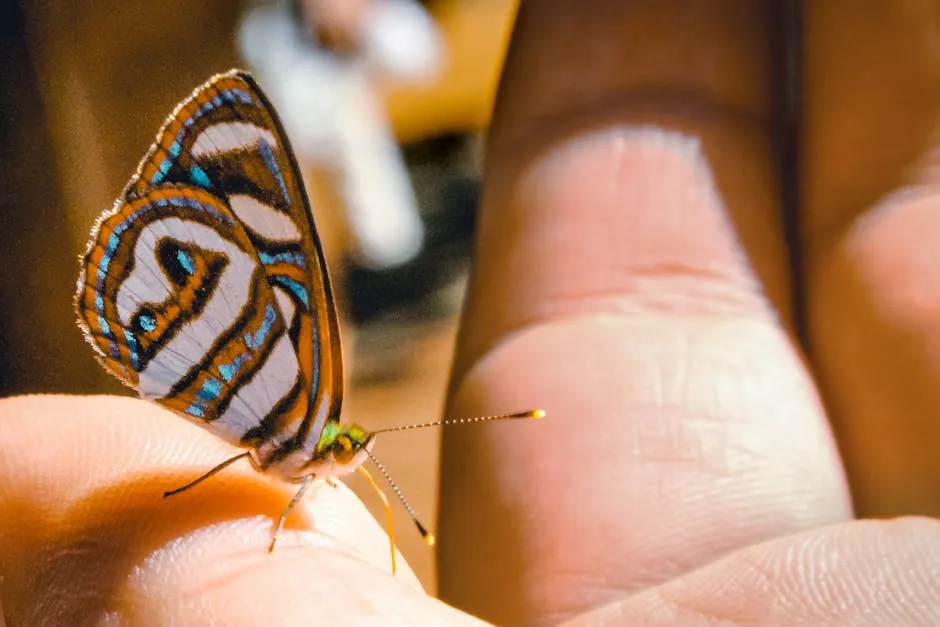
These species highlight the diversity within the butterwort family. With proper care, they can thrive in your collection. Looking for more options? Check out our buying guide for different butterwort species!
Care and Cultivation
Optimal Growing Conditions
To ensure your butterworts flourish, understanding their growing conditions is essential. These plants prefer bright, indirect light. Too much direct sunlight can scorch their leaves.
Temperature plays a vital role, too. Most butterworts thrive in temperatures between 70°F and 80°F (21°C to 27°C). In cooler months, some species may require a slight drop in temperature to mimic their natural dormancy period.
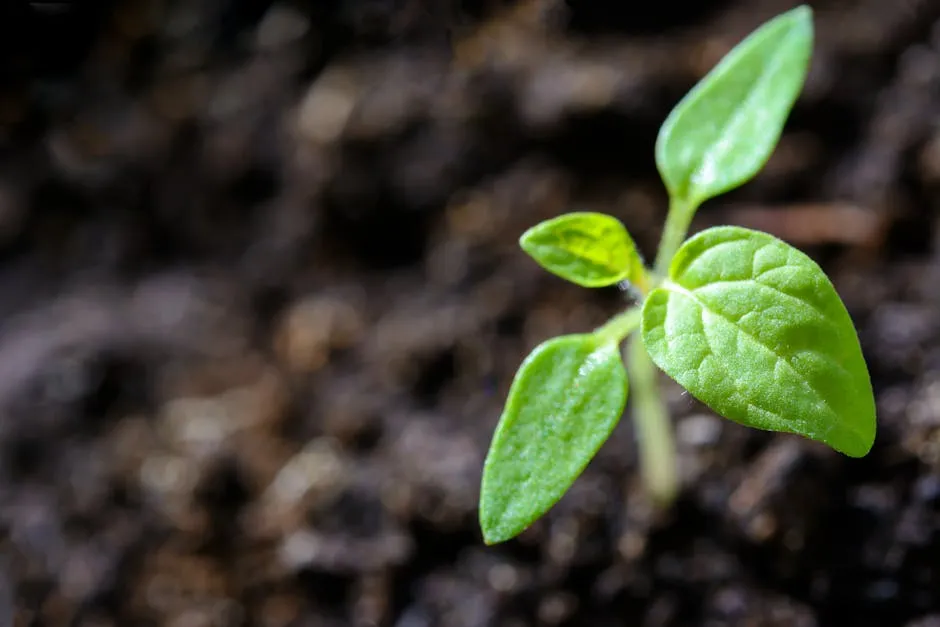
Humidity is crucial as well. Butterworts enjoy high humidity levels, ideally between 50% and 70%. You can achieve this by placing a humidifier nearby or using a pebble tray for humidity.
Watering needs are unique for these plants. It’s best to use distilled water or rainwater. Keep the soil consistently moist but avoid standing water, as this can lead to root rot.
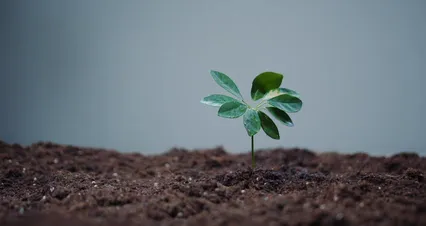
Have you grown butterworts before? Share your experiences in the comments!
Soil and Potting
Creating the right environment for your butterwort plant starts with its soil. Butterworts thrive in a well-draining, nutrient-poor mix. A popular choice is a blend of sphagnum moss, perlite, and orchid bark. This combination provides excellent drainage while retaining some moisture.
When potting, choose a container with drainage holes. The pot size should be appropriate for the plant’s size—typically, a pot about 4 to 6 inches wide works well. Larger pots can hold excess moisture, which may lead to root rot.
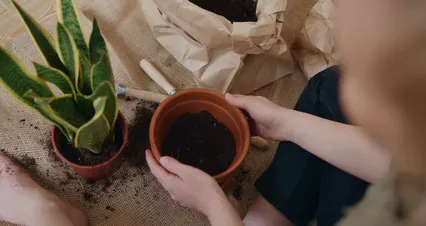
Repotting is crucial as your butterwort grows. Aim to repot every 1-2 years or when the plant outgrows its container. This not only refreshes the soil but also allows you to check for any root issues.
For best results, try using a specialized carnivorous plant potting soil. It will provide the ideal conditions for your butterwort to flourish. You’ll be amazed at how quickly your plant can thrive with the right soil mix!
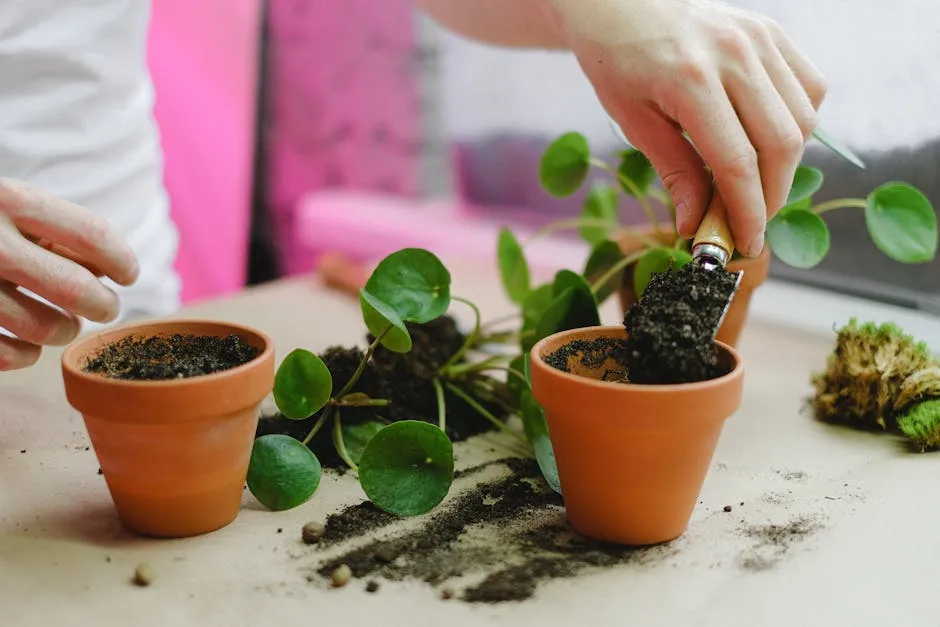
Feeding and Fertilization
Feeding your butterwort plant is essential for its health and growth. These plants require minimal fertilization due to their carnivorous nature. However, during the growing season, a diluted liquid fertilizer can boost their nutrient intake. Use a balanced, low-nitrogen fertilizer, as too much nitrogen can harm the plant. Consider using organic carnivorous plant food to mimic their natural feeding habits!
Feed your butterwort every 4-6 weeks during spring and summer. In fall and winter, reduce feeding or skip it altogether, as the plant may enter dormancy.
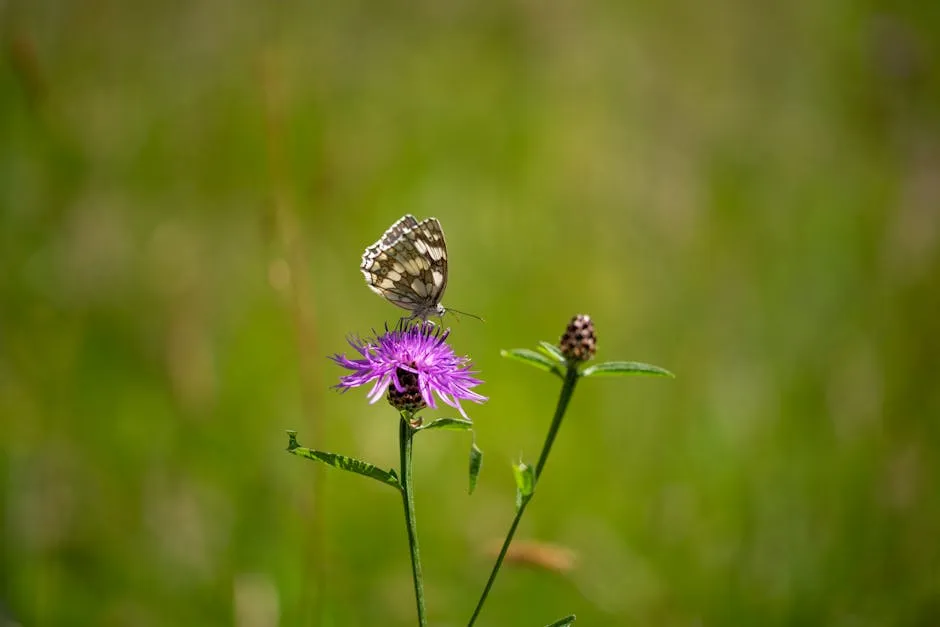
Some growers opt for organic options, like using crushed insects or a specialized carnivorous plant food. This method mimics their natural feeding habits.
Consider creating a checklist for your feeding schedule to stay organized. Remember, less is more when it comes to butterwort fertilization! Keeping these guidelines in mind will help your plant thrive and remain healthy.

Common Challenges in Butterwort Care
Pests and Diseases
Butterwort plants, while resilient, can face pest and disease challenges. Common pests include aphids, mealybugs, and spider mites. Look for signs like discolored leaves or visible pests.
To manage these pests, gently wash your plant with water. You can also use insecticidal soap for more severe infestations.

Diseases like root rot often stem from overwatering. Ensure your butterwort is in well-draining soil and avoid letting it sit in water. Symptoms of root rot include yellowing leaves and a mushy base.
If you notice these issues, act quickly to address them. Have you encountered pests with your butterwort plants? Share your experiences in the comments below!
Troubleshooting Growth Issues
Even experienced growers face challenges with the butterwort plant. One common issue is growth stunting. If your butterwort isn’t growing as expected, check its light levels. Insufficient light can slow growth. Ensure your plant receives bright, indirect sunlight for optimal development. For more insights on growing under different light conditions, you can refer to our guide on how to successfully grow vegetables in low light conditions.
Understanding light levels is crucial for optimal plant growth. Learn more about light conditions and how they can affect your butterwort’s development.
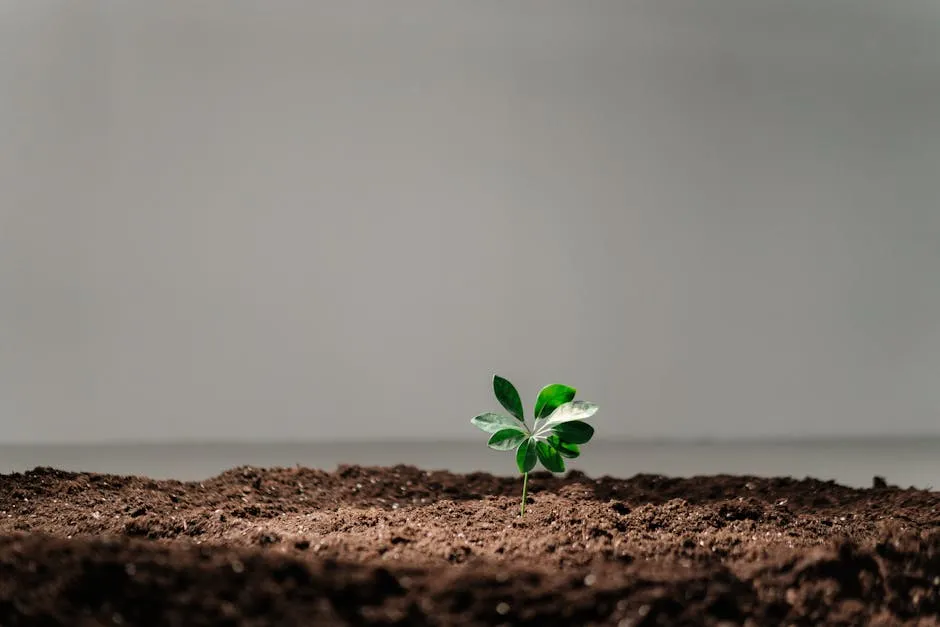
Leaf issues can also arise. Yellowing leaves often indicate overwatering or poor drainage. Make sure you’re using well-draining soil and not letting the plant sit in water. On the other hand, browning leaf tips may suggest low humidity. Consider increasing the humidity around your butterwort by using a pebble tray or a plant mister.
Environmental stress is another culprit. Sudden temperature changes or drafts can stress your butterwort. Keep it in a stable environment away from extreme conditions. If you notice any of these problems, don’t hesitate to ask for help in the comments below. Sharing your specific issues can lead to tailored solutions!

Please let us know what you think about our content by leaving a comment down below!
Thank you for reading till here 🙂
All images from Pexels



